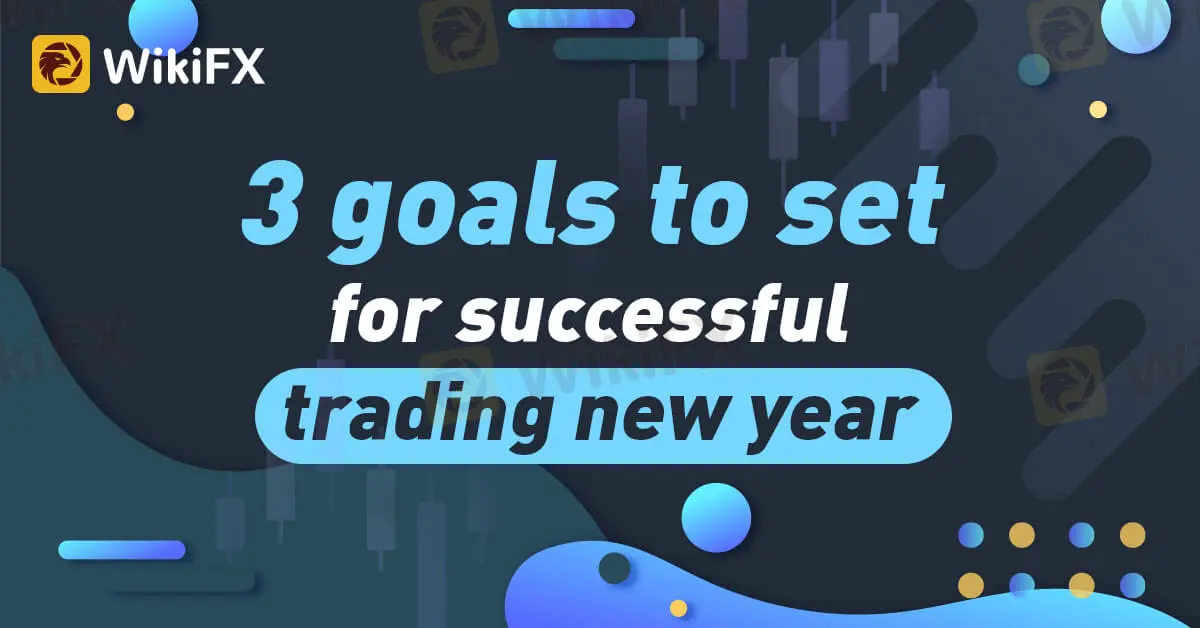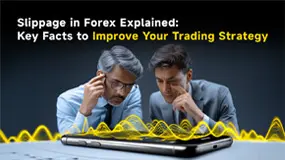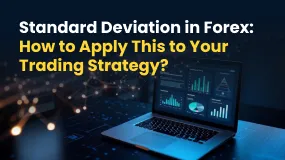简体中文
繁體中文
English
Pусский
日本語
ภาษาไทย
Tiếng Việt
Bahasa Indonesia
Español
हिन्दी
Filippiiniläinen
Français
Deutsch
Português
Türkçe
한국어
العربية
3 goals to set for successful trading new year
Abstract:Trading is a difficult skill to learn, but it is a skill you can attain if you use the proper tools and swallow your pride. Today we are going to discuss 3 simple trading goals you should set for the new year, that if you follow will get your trading to the next level. This will be particularly useful for beginners, you will save a lot of time doing these tips and tricks.

Trading is a difficult skill to learn, but it is a skill you can attain if you use the proper tools and swallow your pride. Today we are going to discuss 3 simple trading goals you should set for the new year, that if you follow will get your trading to the next level. This will be particularly useful for beginners, you will save a lot of time doing these tips and tricks
1) Record your trades
Let me be honest. Recording your trades is something you will finally not have to do. The reason why you even start this activity is to build your library of successful patterns in a short space of time. If you win in a trade then you should want to note those conditions to recognize them next time. If you find yourself unable to record your trades then you are probably over-trading. You have to understand that in trading you make money through the magnitude of your trade win, not just the volumes of trades you place. So just record your trades and look them over after your trading day. They will help you refine your trading ability then when you start winning regularly and have refined your pattern you can stop.
2) Trade with only half of the account that you are ready to lose, but maintain the same risk.
This sounds counter intuitive but hear me out. Sometimes when you trade you have to understand that you will may not always be in control of your emotions when you are trading. This is especially true when you are holding a losing trade on money you cannot afford to lose. You will convince yourself to hold on till you learn too late when your account is blown. We want to limit the amount your broker can take from you in such cases. But just because you have limited the amount you can lose doesn't mean you cannot use the same risk. For example, let's say you have $1000 to trade with, using proper risk management 3 percent risk per trade is 30 dollars risked per trade. You slash your trading account by half to $500 , you can still maintain that 30 dollars per trade. This sort of exercise will force you to take lesser and better trades too as your account is smaller. But it will also teach you how to grow an account quickly using greater risk but still maintaining over all risk management.
3) Check the fundamental news everyday
It's is almost too easy to just focus in on the charts and cherish one's trading strategy without actually learning the fundamental aspects of the markets that causes the huge swings. I am sure there have been a number of times where you have traded your strategy only to have one huge candle suddenly pop up and blow your account your hit your stop loss. Those candles are usually caused by economic announcements or other world events that have a direct impact on the country's economy. So follow the news. Especially before a new trading session starts because that is when banks want to put traps for the rest of the session to follow. Look at an economic calendar and not down the times during the day where there are high treat news events. It will help you prepare for sudden volatility in the markets and adjust according. I recommend you try enter after the clear volatility of the economic event. At most times the economic event is an excuse for banks to move very quickly to a level and take out stops

Disclaimer:
The views in this article only represent the author's personal views, and do not constitute investment advice on this platform. This platform does not guarantee the accuracy, completeness and timeliness of the information in the article, and will not be liable for any loss caused by the use of or reliance on the information in the article.
Read more

A Guide to Determining the Optimum Forex Leverage
Want to gain a wider forex market position control by investing a minimal amount? Consider using leverage in forex. It implies using borrowed funds to raise your trading position more than your cash balance can let you do it. Forex traders usually employ leverage to churn out profits from relatively small currency pair price changes. However, there is a double-edged sword with leverage since it can multiply profits as well as losses. Therefore, using leverage in the right amount is key for traders. Forex market leverage can be 50:1 to 100:1 or more, which remains significantly greater than the 2: leverage usually offered in equities and 15:1 leverage in futures.

Slippage in Forex Explained: Key Facts to Improve Your Trading Strategy
Have you witnessed a difference between the expected price of a trade and the price at which it is executed in real time? This might be due to slippage, which can happen at any time. However, it prevails mostly when the market remains highly volatile. At the same time, it can also happen during large order executions. Read on to know more about slippage, its impacts, and the strategies to rein in adverse effects.

Forex Trading Account Types and Their Features: Read This Insightful Guide
Want to open a forex account to enjoy the thrill of compounding returns? You should first know the various forex trading account types. Choosing the right option from the list of forex accounts is critical to experiencing a hassle-free and successful trading journey. Forex brokers design trading accounts based on your needs, trading experience, and financial goals. Therefore, understanding each forex trading account type and its key features becomes essential.. This will help you make the right choice. In this article, we have discussed everything about forex accounts. Take a look!

Standard Deviation in Forex: How to Apply This to Your Trading Strategy?
Do you recall the concept of standard deviation being taught in your school days? The concept, which measures the variation within a set of data points relative to the mean average of the dataset. A greater standard deviation hints at higher variability. On the other hand, a lower standard deviation means lower variability from the mean. But what is standard deviation in forex, and how can you apply it to your trading strategy? This is what we will discuss here.
WikiFX Broker
Latest News
Stonefort Broker Review 2025: Legit or Risky? A Complete Analysis
Quantower Review 2025: User Reviews and Complaints in India
Uniglobe Markets Review 2025: A Safe Broker or a High-Risk Scam?
CHINA BEST Broker Review: Regulation and Risks
TD Markets Exposed: Price Manipulation, Withdrawal Issues & False Promises Hurt Traders
Bank of England holds rates steady in narrow vote ahead of Autumn Budget
BingX Review: Traders Angry Over Withdrawal Denials, Account Blocks & More
Op-ed: The fuel for the AI boom driving the markets is advertising. It is also an existential risk.
Private payrolls rose 42,000 in October, more than expected and countering labor market fears, ADP says
He Thought It Was a Crypto Investment; It Cost Him RM1.2 Million
Currency Calculator




